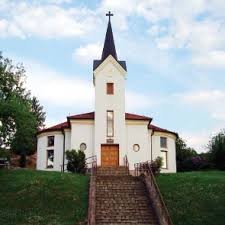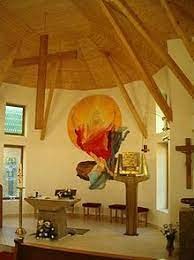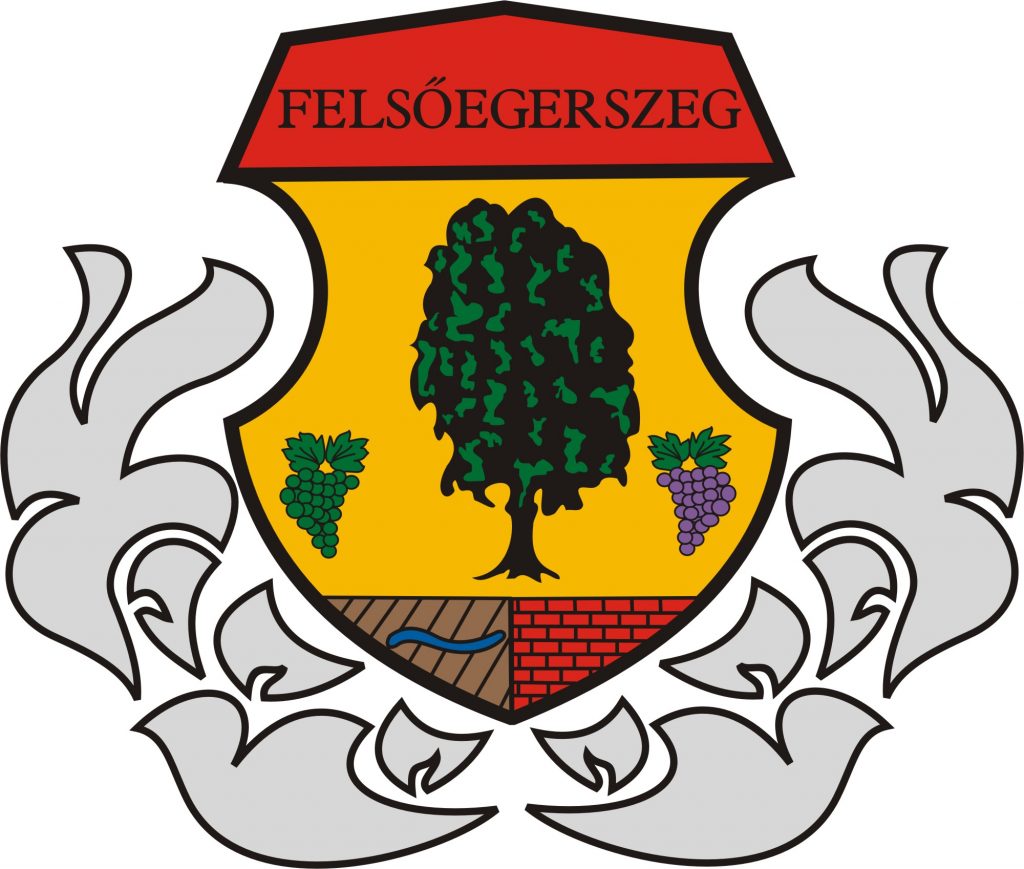Name of the settlement/region: Felsőegerszeg, Hegyháti District
Felsőegerszeg is located in the Hegyháti District of Baranya County, about 1.5 km east of Sásd, a small hamlet. Its name comes from the word combination of alder tree and corner (corner) with the distinctive adjective Felső. The excavated Bronze and Iron Age graves testify that the area has been inhabited for a long time. The name of the settlement was used as Egörszeg in the old county times. The settlement was probably inhabited until the Turkish times, but very few memories have survived from the Middle Ages. During the Ottoman rule, it was depopulated several times and then repopulated. Its development actually started in the 18th century, when it was a cathedral estate. The village has had its current name since 1904. At that time, its area was 1064 km. It was a land of 1000 ha, and its inhabitants numbered 298 people, who were purely of the Roman Catholic religion, and spoke Hungarian with the exception of 9 Germans and 8 other nationalities. The majority of the population were farmers, but there were also craftsmen and 1-2 civil servants. There were 56 houses, a public school and a factory, the brick factory (which still belongs to the village administratively). From 1946, a farmers’ cooperative was established, and later a production cooperative was formed, which merged with the sásdi in 1965. In the 1970s, the village’s asphalt road network was built, which brought significant changes to the settlement’s transportation. The population in 1870 was 306 people, which has decreased to 108 people today, including the brick factory residents.
An aging village, the young people are mostly migrating and there is a lack of replacement. There is no shop, no pub, and no entertainment options in the settlement. Residents walk to Sásd to see a doctor, shop, run errands, go to school, kindergarten, and work. A bus service arrives 5 times a day, and in the future we will solve our distance problems with our own village bus. A mobile shop runs once a day so that people who have trouble getting to the city every day can shop.

The village has a bookstore, which has 2300 volumes to ensure the pleasant pastime of the residents. We have an event hall that can accommodate about 80 people, a beautiful fireplace in the yard and a covered open space, which can be used for events. In the center of the village there is also a football field, a playground, and the Roman Catholic church, which was built only 20 years ago, thanks to the cooperation of the residents.

Our pride is the statue of Mary, created by sculptor Gyula Bocz, which is also located in the center of the village. Interestingly, the artist sculpted Mary in a blessed state.

“Blessed Madonna”
Sculptor Gyula Bocz created the “Blessed Madonna” figure from Carrara marble. The full-length white statue depicts the Virgin Mary. She stands reticent, holding her hands in defense, afraid of uncertainty.
The statue of Mary faces east and stands on a cube-shaped pedestal, which is also the World War II memorial of Felsőegerszeg. Black marble plaques on the regular stone-paved side walls commemorate the village’s war victims.
The plaque on the east side reads: “…OH ALL YOU WHO PASS BY THE ROAD, LOOK HERE AND LOOK! THERE IS – THIS – SUCH A PAIN AS MINE.” JER. SIR. 1. 12.
THE MEMORIAL WAS ESTABLISHED BY THE POPULATION OF Felsőegerszeg.
CONSCIATED BY BISHOP MIHÁLY MAYER. 1996.
The plaque on the south side reads: TO THE PROTECTIVE LOVE OF OUR VIRGIN MOTHER, WE COMMIT THE HEROES WHO GAVE THEIR LIVES FOR THEIR COUNTRY.
IN WORLD WAR I
11 names
IN WORLD WAR II
2 names
The World War I and World War II memorial plaques were therefore consecrated in 1996. The statue of the Madonna by Gyula Bocz was completed in 1997.

Chapel of the Assumption
In 2000, it was built in four months, thanks to the work and collaboration of the canon of Sásd, Ádám Szonner (1927–2007), with community work. The church was designed by the German architect Dipl.-Ing. Franz Wesinger. The altarpiece of the church (“Et resurrexit…” – secco) was created by Zoltán Attila Sáska based on a detail of Matthias Grünewald’s altarpiece The Resurrection (1515).

A 120 kg bronze bell, received from Passau in 2000, proclaims the word to the faithful in the church tower, which has a Latin quote on it. Translated into Hungarian, it reads:
“May the suffering of our Lord Jesus Christ always be in our hearts!”
The value of the bell, including the electrical installation, exceeds 1 million forints.
It first rang out on September 9, 2000 at 2:55 p.m., inviting the faithful to mass.
It is also interesting that in 2000, in addition to our bell, two more bells arrived in the village, which rested here for a while and then were finally placed in the village of Mostar in Bosnia and Herzegovina.
Felsőegerszeg bell tower
It was built in 1887 with public donations into one of the oldest bell towers in the village.
The 34 kg bell had to be relocated due to renovation works, to an iron bell tower behind the statue of Mary, which has since ceased to fulfill its original function.

Our natural heritage is the old hemp soaking place on the outskirts of the village of Felsőegerszeg, a popular hiking spot for others. The locals only call it Kelő. There is a spring and a campfire site here. There are benches for those who want peace and quiet. It is a popular practice ground for the Sásdi Archery Association, as well as a family resting place often visited by hikers. A special type of orchid can also be found here. We plan to create a hiking trail by the Kelő spring in the future.


